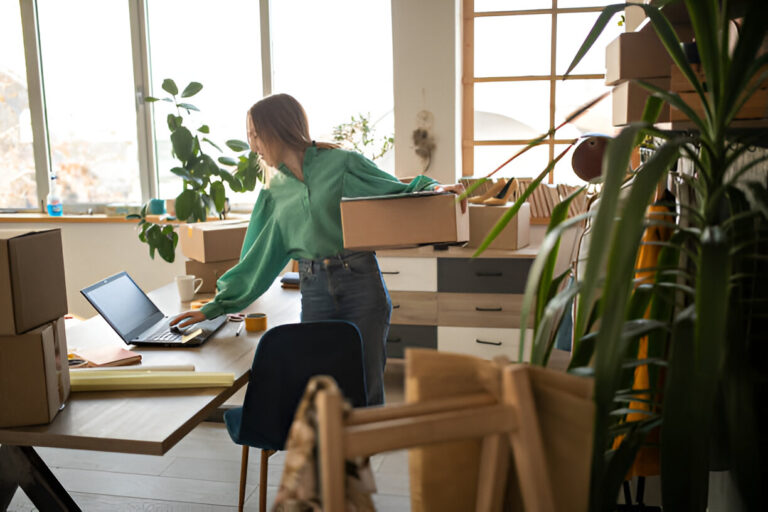Preparing box packaging design focusing on product safety involves several key considerations to ensure products are protected throughout the supply chain. Collaborate with designers who understand both aesthetic appeal and functional requirements. Balance creativity with practicality; prioritize durability alongside visual appeal. Consider eco-friendly materials if targeting environmentally conscious consumers. Ensure compliance with relevant packaging regulations in your region.
Menu list
Key Elements for Safe Box Packaging Design
- Material Selection
Choose materials that protect against external factors such as moisture, light, and physical impacts. Depending on the product’s requirements, options include corrugated cardboard, Kraft paper, or rigid paperboard.
- Cushioning and Padding
Incorporate cushioning materials like bubble wrap, foam inserts, or air pillows to absorb shocks and vibrations during transportation.
- Secure Sealing
Use tamper-evident seals or strong adhesives to prevent unauthorized access and accidental openings.
- Right-Sizing Packaging
Ensure packaging is appropriately sized for the product to minimize empty spaces and reduce movement during transit.
- Clear Labeling
Include clear safety information such as warnings, instructions for safe use, and precautions on the packaging labels.
- Smart Security Features
Consider incorporating RFID tags or holographic labels for enhanced security against tampering or counterfeiting.
- Testing Prototypes
Conduct rigorous testing of prototypes before mass production to ensure they meet safety standards under various conditions.
How can Packaging Design Minimize Damage during transportation
Packaging design plays a crucial role in minimizing damage during transportation by incorporating several strategic elements that protect products from external impacts and internal movements. Implementing the following strategies in your custom packaging sleeves process can significantly reduce product damage during transportation while enhancing customer satisfaction through reliable delivery processes.
Strategies for Minimizing Damage through Packaging Design
- Robust Materials and Construction
Use high-quality, durable materials such as double-walled corrugated cardboard or reinforced boxes that withstand shocks and vibrations. Ensure the packaging is appropriate for the product’s size and weight to prevent overpacking or underpacking.
- Cushioning and Padding
Incorporate cushioning materials like bubble wrap, foam inserts, or packing peanuts to absorb shocks and fill empty spaces within the package. Custom foam inserts can be designed to fit around complex products for added protection.
- Secure Sealing Techniques
Seal packages securely with strong adhesive tape, reinforcing corners, and seams to prevent accidental openings during transit. Consider tamper-evident seals for high-value items to ensure integrity throughout shipping.
- Custom Fit Packaging
Design packaging solutions that fit products snugly, minimizing movement within the box through custom inserts or dividers.
- Clear Labeling
To guide handlers appropriately, the package should include clear handling instructions such as “Fragile,” “This Side Up,” or “Handle with Care” on multiple sides.
- Palletization Strategies
To stabilize loads during transportation, secure goods on pallets using shrink wrap or stretch film at an optimal containment force level, neither too tight nor too loose.
- Temperature Control (for Sensitive Goods)
For perishable items, use insulated packaging with temperature control measures, such as thermal blankets or refrigerated containers, to maintain stable conditions throughout transit.
- Conveying Brand Values
Custom packaging acts as a vehicle for brand communication, effectively conveying the brand’s values and promises through design elements like logos, colors, and materials. Eco-friendly or luxurious materials can reinforce the perception of high-quality products by aligning with consumer preferences for sustainability or a premium feel.
- Enhancing User Experience
Well-designed custom packaging enhances the unboxing experience and makes consumers feel valued and appreciated. This positive interaction can elevate the perceived quality of the product. Features like ease of handling (e.g., convenient openings) contribute to a seamless user experience, reinforcing perceptions of a well-crafted product.





